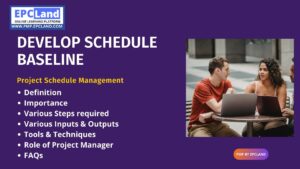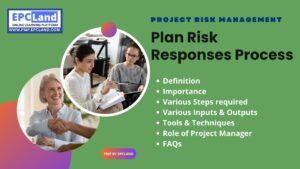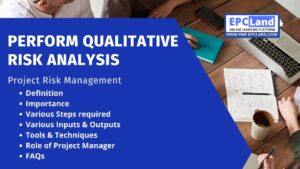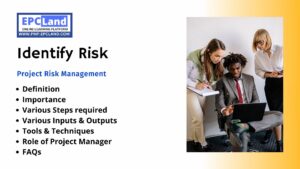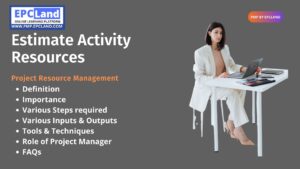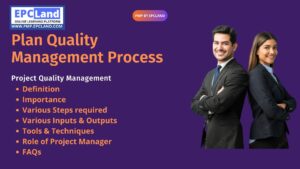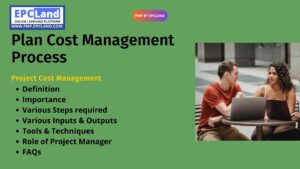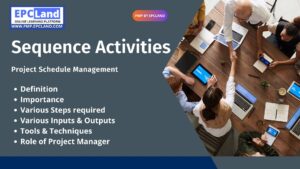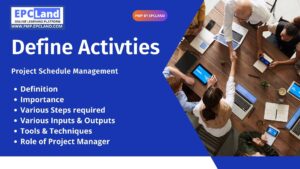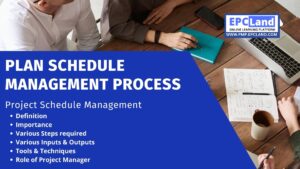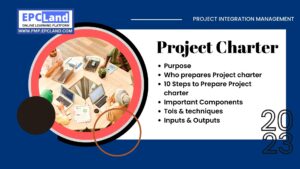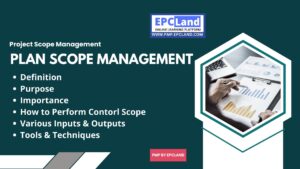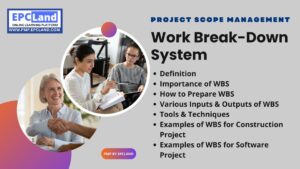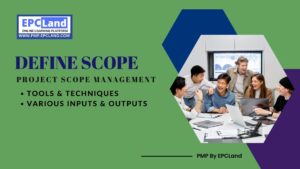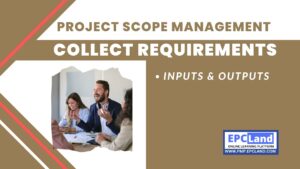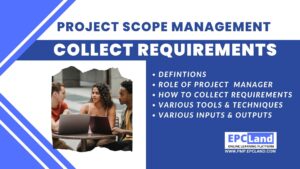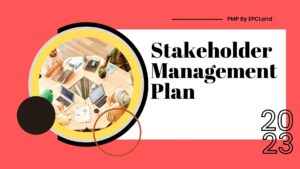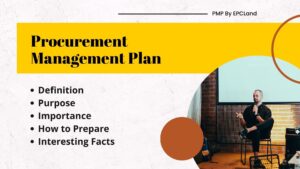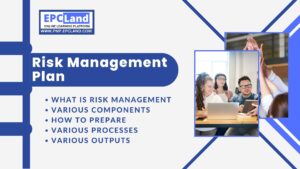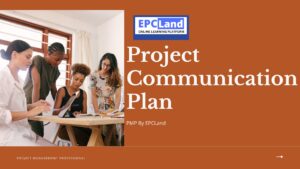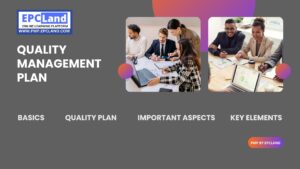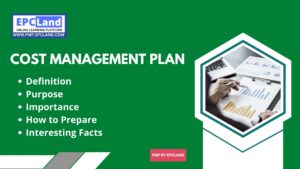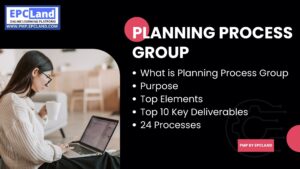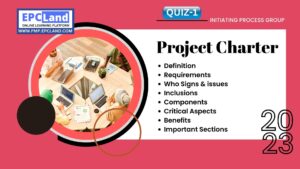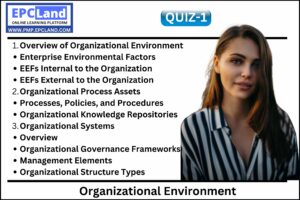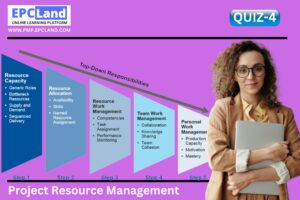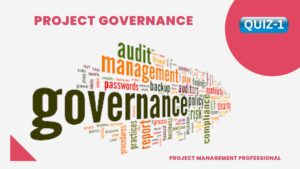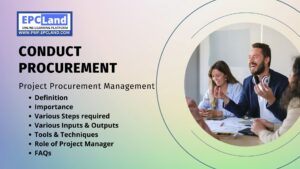Table of Contents
ToggleWhat is a "resource" in project management?
In project management, the term resource refers to all the assets required to make a project successful. Depending on the project goals, this may include:
- capital
- Material cost
- tools and software
- office space
- Personnel (internal employees or contractors)
- Materials or components (essential for projects leading to physical products)
- more
In other words, resources are meant to reflect everything that is required to successfully complete a project and that can affect both the cost and schedule of the project.
Attempt Quiz-1 on Plan Resource Management Process

Time's up
For example, a project plan contains specific tasks that the team must complete in order to move the project forward. Depending on available resources, additional staff may need to be hired to meet project deadlines, impacting budgets. However, if your budget is not flexible, you may need to extend your schedule to handle available resources.
Project resources have a big impact on planning, so the earlier in the process you start creating your resource management plan, the more accurate it will be.
The 6 processes in this knowledge area are
- Plan Resource Management
- Estimate Activity Resources
- Acquire Resources
- Develop Team
- Manage Team
- Control Resources
What is a resource management plan?
Resource management is the efficient and effective use of various resources related to a project. A resource management plan considers all the resources (people, workspaces, tools, and equipment) needed for a project and guides how to categorize, allocate, manage, and release them.
A resource management plan provides a framework for optimizing resource availability to efficiently achieve project goals. A quality plan indicates whether you need certain types of resources, such as: B. Professional Employee or Specific Device. It highlights how to schedule resources to reduce idle time. This exercise also highlights project durations where there may be capacity bottlenecks and the need to hire external freelancers.
By giving people in your organization a resource management plan, you can ensure that you have the right resources in the right place at the right time whenever possible.
Key Components of an Effective Resource Management Strategy
The main components that go into an effective resource management strategy are:
Understand project goals
Defining a path to get there requires a good understanding of the end goal. What are the main results? Document them all.
Know your budget: Most project managers are judged by how well they manage their project budgets. Resources are one of the largest components of your budget. You need to know how much you have in total and estimate how much of that will be used for resources.
Know where your project’s resources are coming from. Do you have everything you need in-house? Need a vendor, freelancer, or contractor? Know what your contract requires. For example, your company likely has a preferred contract with a vendor and may need a new contract when onboarding contingent workers.
Define project team roles: Who does it need and why? Which stakeholders ultimately approve the results? Defining roles and responsibilities is essential to minimizing conflict and confusion.
Have a solid set of policies and procedures in place. For example, you need policies for acquiring new resources and managing resource workloads.
Define how to measure project performance. KPIs should be directly related to project goals.
Benefits of creating a resource management plan
Developing a resource management plan is extremely beneficial for successful project management. Some of the main advantages are:
Ability to anticipate potential failures. A resource management plan plays an important role in determining resource availability and constraints, because without resources no project can move forward. For example, if you know that someone’s availability to work on your project depends on their ability to complete something for another project, arrange for them in case they are late. can.
Your plan provides visibility and transparency. For example, others can see the scope of team members by looking at the resource management plan. This will help you plan other projects.
You can measure the effectiveness of your plans and use this information for future projects. For example, utilization and efficiency are important measures for project managers because they indicate how much real work is being done. Balance your team’s workload. Over planning will eventually lead to burnout. By paying attention to planning, you can keep your team members from becoming overwhelmed.
If your resources are limited, get them early. For example, if you need to hire a contractor but every business in town is fully booked, the earlier you get on the schedule the better. The same is true within a company. You may have key employees who are in high demand and need a lot of advance notice for their jobs.
Track costs and quickly calculate costs associated with resources to keep projects on budget.
What are various Inputs & Outputs required for "Plan Resource Management" in Project Resource Management
- Project charter
- Project scope statement
- Activity list
- Activity resource requirements
- Activity duration estimates
- Cost estimates
- Availability of resources
- Project schedule
- Resource calendars
Outputs of Plan Resource Management typically include:
- Resource management plan
- Resource breakdown structure
- Resource calendars
- Activity resource requirements
- Project schedule
- Activity duration estimates
- Cost estimates
- Resource histograms
- Project staff assignments
- Resource availability assessments.
Create a resource management plan
These steps will help you create a robust resource management plan.
Determine the resources needed for the project
Step 1 of planning is figuring out exactly what resources you need. We talk about everything from the people you need to do the work to the equipment and space you need.
How would you define all the resources you need?
- Define project goals
- Define the tasks required to complete the project
- Divide your project into phases and define what each phase requires
There may be similar past projects that can serve as a guide.
Assign resources to tasks
The next step is to ensure that the right resources are assigned to the right tasks. Use a robust resource planning tool to do this. A human resources management plan is an important tool to use here. This plan should list all human resources along with their skills and experience and help assign them to tasks.
Resource planning
Resources should be planned based on the time required to complete the task and its availability. Techniques exist to avoid over- or under-planning of resources while ensuring project completion within agreed-upon schedules. Resource availability is one of the most complicated parts of planning. They may be working on other projects in parallel and have commitments they need to fulfill before working on yours. They may be on vacation too.
Best practice is to focus on the scarce resources first. The 80/20 rule is often applied, where 80% of your constraints come from 20% of your primary resources. Planning for the availability of these resources will help avoid project bottlenecks.
Monitor project progress
In contrast to individual projects, resource management plans have unlimited validity. Monitor progress closely so you can act proactively when changes are needed. For example, you can see how actual performance compares to the plan’s forecast. Some tasks may get stuck and others may complete much faster than expected.
Attempt Quiz-2 on Plan Resource Management Process

Time's up
Final Take away from Resource Management Plan
A resource management plan is essential for the smooth running of a project. It may take time to put together, but the benefits of visibility, workload management, early communication, and proactive ability make the plan worth the effort.
FAQs on “Plan Resource Management" in Project Resource Management
What is Plan Resource Management in Project Management?
Plan Resource Management is the process of identifying, acquiring, and managing the resources required to complete project activities. It involves determining the resources (e.g. personnel, equipment, materials) needed for the project and developing a plan to acquire, allocate, and manage these resources.
Why is Plan Resource Management important in Project Management?
Plan Resource Management is important because it helps ensure that the right resources are available at the right time to complete project activities effectively and efficiently. A well-planned and managed resource plan helps to minimize resource conflicts, avoid delays, and control costs.
What are the inputs of Plan Resource Management in Project Management?
Inputs of Plan Resource Management typically include the project charter, project scope statement, activity list, activity resource requirements, activity duration estimates, cost estimates, availability of resources, project schedule, and resource calendars.
What are the outputs of Plan Resource Management in Project Management?
Outputs of Plan Resource Management typically include the resource management plan, resource breakdown structure, resource calendars, activity resource requirements, project schedule, activity duration estimates, cost estimates, resource histograms, project staff assignments, and resource availability assessments.
How does Plan Resource Management affect the project schedule?
Plan Resource Management has a significant impact on the project schedule. It helps ensure that the right resources are available when they are needed, which helps keep the project on track and avoid delays. A well-planned resource management plan also helps minimize resource conflicts, which can cause delays.

